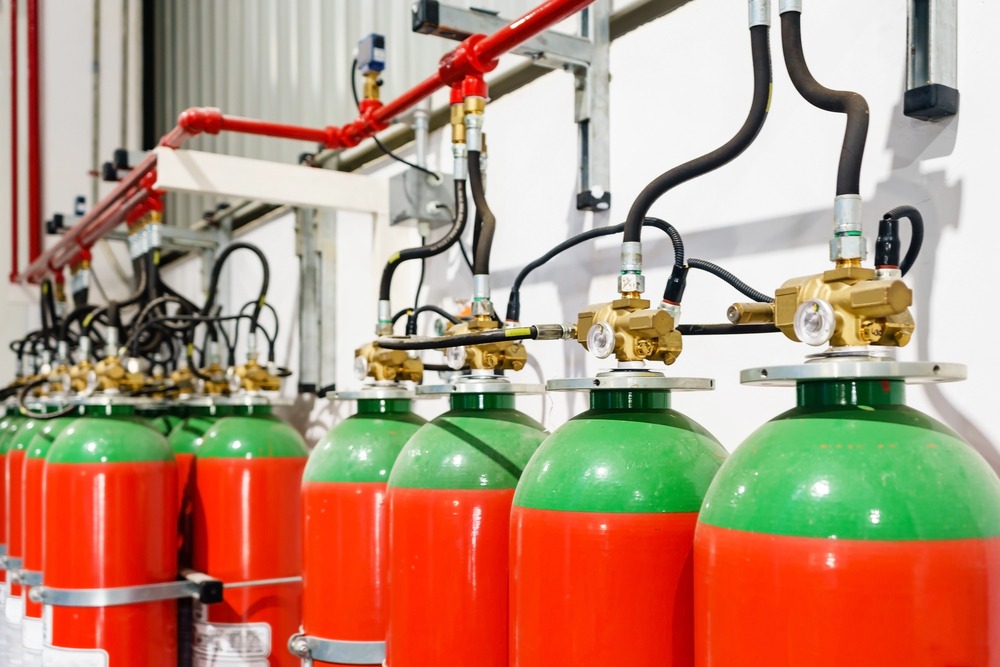What is a Fire Suppression System?
A fire suppression system is a set of equipment designed to detect, control, and extinguish fires automatically in buildings or other enclosed spaces. These systems are crucial for protecting life and property in the event of a fire. Fire suppression systems typically include various components such as:
1. Detection System – This part of the system is responsible for detecting the presence of a fire. It uses a variety of different methods such as heat detectors, smoke detectors or flame detectors to sense the initial signs of a fire.
2. Alarm System – Once a fire is detected, the system activates alarms to alert occupants of the building or space, allowing them to evacuate safely.
3. Suppression Agent – Different types of suppression agents are used depending on the type of fire and environment. Suppression agents include water, foam, dry chemicals, carbon dioxide and specialized chemicals.
4. Delivery System – The delivery system disperses the suppression agent to the area affected by the fire. This can involve sprinkler heads, nozzles or other distribution methods placed throughout the protected areas.
5. Control Panel – The control panel is the central component that coordinates the operation of the suppression system. It receives signal from the detection system, activates alarm and initiates the release of the suppression agent.
Fire suppression systems are designed to be automatic, quickly responding to fires without the need for human intervention. They are commonly installed in commercial buildings, industrial facilities, server rooms, data centres, kitchens, and other high-risk areas where fires can pose significant threats. The goal of these systems is to suppress or extinguish fires rapidly, minimizing damage and protecting lives.

